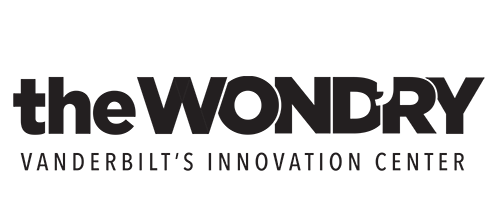
Innovation Garage
August 2019 - August 2020
Team: 6 Vanderbilt undergraduate & graduate students
Product management intern developing an internal app to help reduce attrition and improve employee experience.
Sophomore year at Vanderbilt I was lucky enough to participate in Innovation Garage: a yearlong consulting project identifying an opportunity and developing a tech solution for a large corporate client.
What's Innovation Garage? 💡
Innovation Garage is a selective program at Vanderbilt University where a small team of students work closely with a company to identify opportunity for innovation and develop a solution.
We lead the process all the way from ideation to product development.
This program placed huge emphasis on the design thinking process.

Empathize 🤝
I didn’t know any of my team members when the project began in August, but we were tossed right into the fire. Our student team led weekly meetings with the RGP team to summarize progress and plan next steps.
To begin our process we needed to interview employees. I was responsible for reaching out to employees (across all different roles) and scheduling interviews.
It was a mild shock to be emailing C-Suite executives to schedule interviews, but hostmost taught me to be comfortable with outreach like that.
These interviews taught us so much about the different roles, employee experiences, and personalities at the firm.
Define 📚
Our team then consolidated the interview insights along with external white papers to group our discoveries into overlapping categories – building an idea map to find the optimal intersection between problem areas.
While this map was useful in narrowing down the vertical(s) we intended to hone in on, it didn’t help us address specific issues. That is, it didn’t show us how these areas correlated with RGP employees and their experience at RGP.
To do that, we used our research to build a journey map plotting the life cycle of certain employees.
Ideate 🤯
Our team’s advisors were essential in helping us get to this stage in a smart and constructive way.
It’s easy to come up with ideas. It’s hard to do the work to inform your ideation process and come up with an idea that you’re positive people want.
By the time we reached the ideation phase we had accumulated enough research and spoken with so many employees that it seemed easy to put ourselves in the shoes of employees and imagine what sort of solutions we would want to address our concerns.
Finally, we used our research to recommend a tech solution. Unfortunately, I can’t elaborate on the specifics.
Summer ☀️
Coming soon...